Tree care starts from the very beginning. When trees are young, everything from the shape of the nursery pot to the hole it’s planted in is extremely important. The conditions in which a sapling is kept and planted inform how the tree will grow throughout its whole life. Much like raising a child, it is easier to influence a tree’s “behaviour” when it’s young rather than wait until a problem arises decades down the line. That’s why it pays to consult an expert when choosing and planting young trees. It can reduce the chances of future issues, such as tree failure, which can in turn save you from heartbreak and unanticipated expenses.
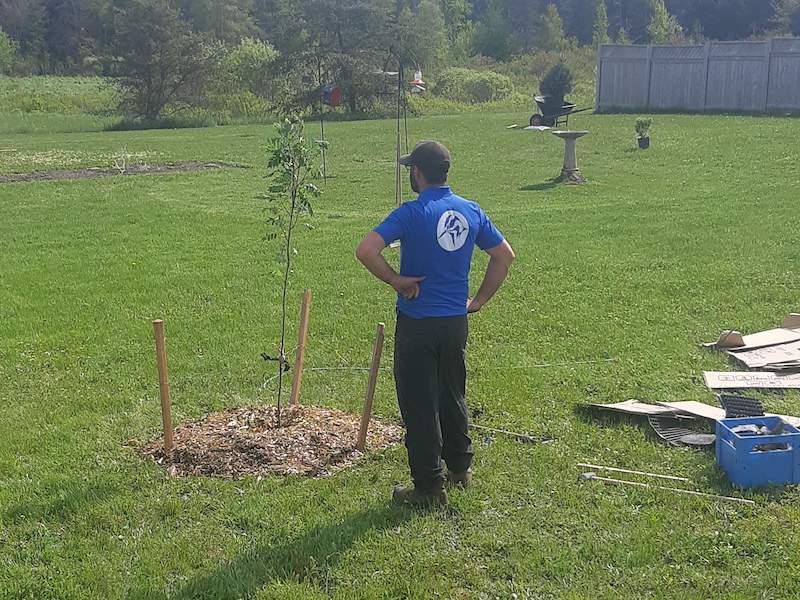
Spring and fall are ideal seasons to plant trees. Your sapling has a higher chance of success when planted during those seasons, which is why we only offer our planting services during those months. We only choose high-quality saplings when we plant, so we team up with Charlie the Tree Guy in Old Barns, NS every year. Charlie produces hearty saplings that have a better chance of thriving outside of the greenhouse. We can deliver any saplings ordered from Charlie to your doorstep (we have a spring and fall deadline for ordering, check our newsletter or social media for the dates), and plant them in your yard. If you choose to plant the tree yourself, it’s very important to consider a few things before you start digging.
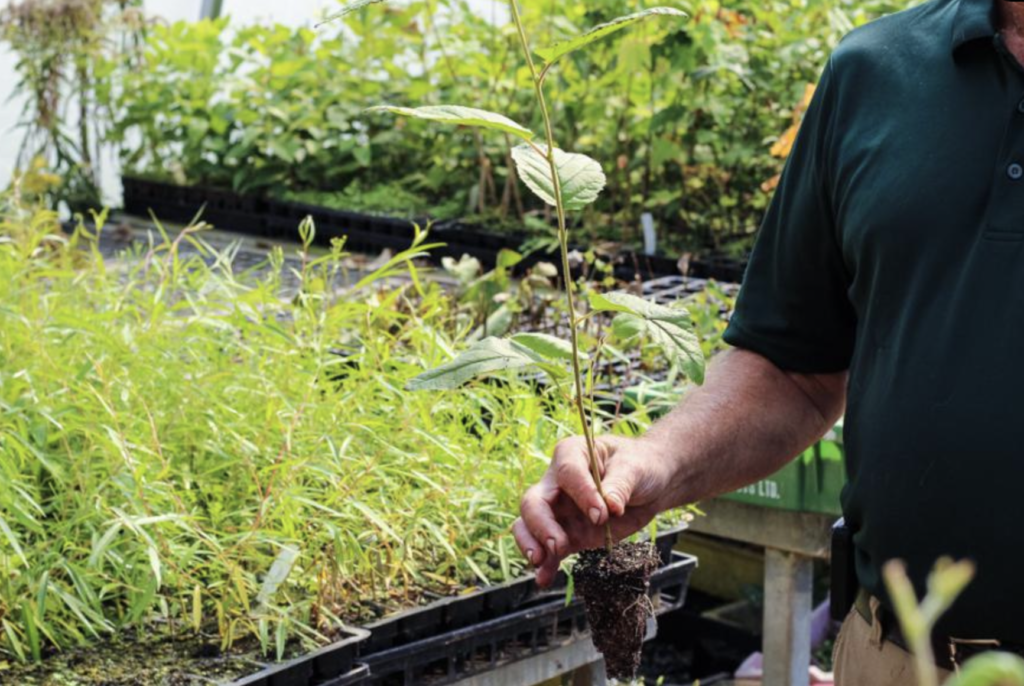
Trees are a long term investment that require foresight. Before you place your order from Charlie the Tree Guy or another local nursery, consider what type of tree you are purchasing. It pays to do a bit of research before making your selection to make sure that the tree is a good fit for your property and the location you want to plant. Will the tree’s height or growth habit interfere with your home or any power lines in a few decades? Is the tree native to the region you live in (non-native species don’t always do well outside of their region)? Does the tree produce nuts or fruit that could damage vehicles in a driveway or make a mess you are not prepared to clean every year? Is the tree close to another tree that could interfere with its development? Is your septic system prepared for roots growing nearby? Get to know the tree before you buy!
Here are some Acadian Forest trees, which are native to the Maritimes.
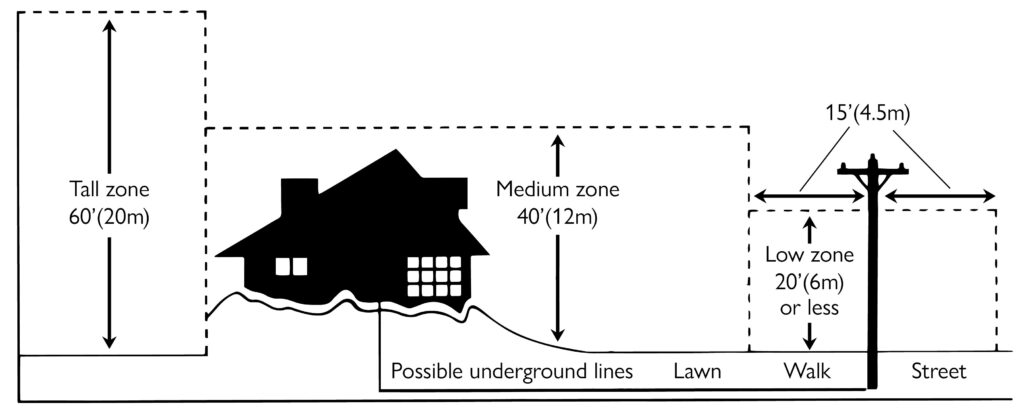
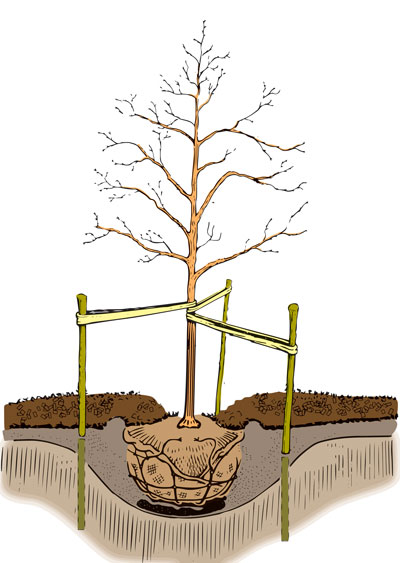
One of the easiest mistakes to prevent is to avoid planting the tree too deep. We have received countless calls from folks with unhappy trees that were planted too deep as a sapling. It is a very common and well-intentioned error that is very avoidable. When you plant, you should plant just below the first feeder root, even if the sapling feels unstable in the ground. This can always be remedied with staking. It can be tempting to plant it a few inches deeper so that it feels more secure, but doing so will doom your tree to future problems. Surrounding the lower part of the trunk in soil introduces decay, which can lead to an unhealthy tree or complete failure years down the line. If you use mulch, keep the mulch away from the root flare for the same reason.
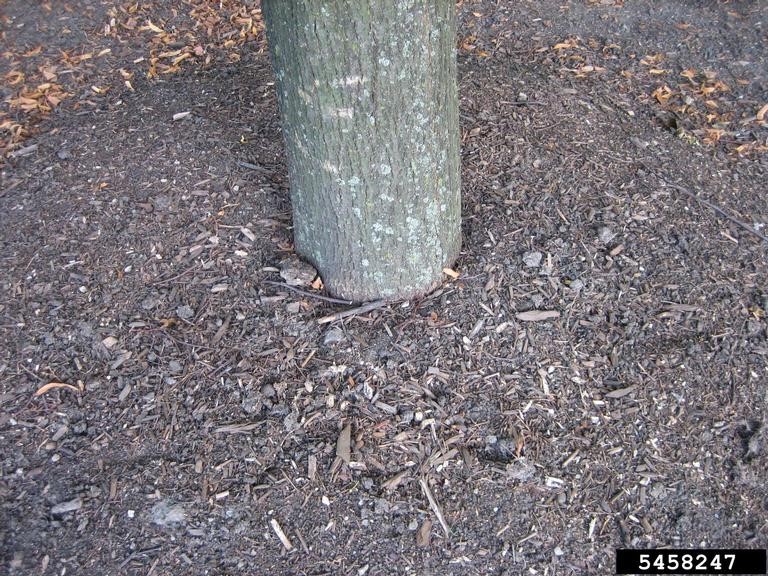
The tree’s roots are incredibly important for its overall health and structure. They are how nutrients make their way into the tree’s canopy, and what keeps it standing upright. When you take the sapling out of its nursing pot, take a look at the root system before you place it in the ground. Coax the roots out from the soil and check to make sure that your tree doesn’t have any girdling roots. When saplings are left in their nursery pots, their roots run out of places to grow. This forces the roots to grow in a spiral shape, which is not beneficial for the tree’s future health and structure. Ideally, a tree’s roots should flare away from the base of the trunk and continue to grow away from the tree rather than toward. Girdling roots can strangle the tree at the base, cutting it off from important nutrients, or cause structural problems as it is not supporting the tree properly. If you notice a girdling root, loosen the soil around it and guide the root away from the base.
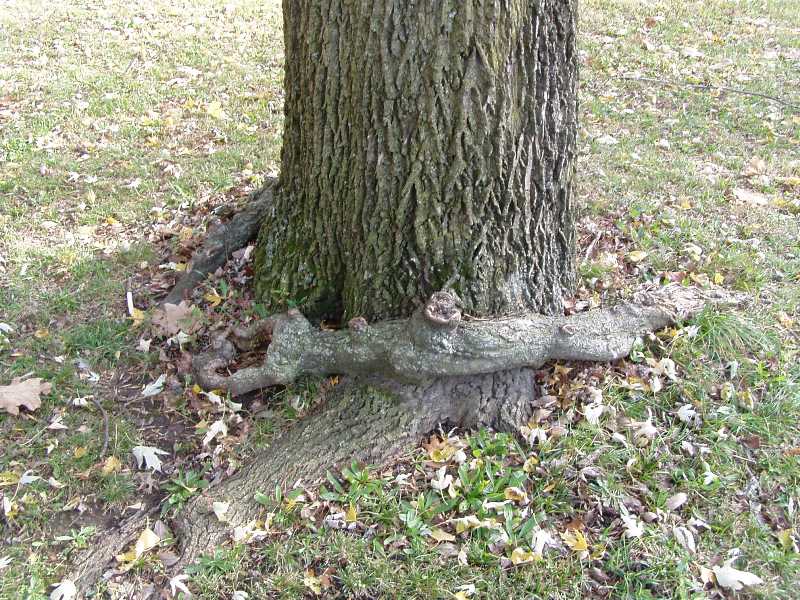
These are just a few tips to avoid common tree planting mistakes, and does not cover everything about tree planting. If you have any questions about tree planting or want an expert to help out with the process, get in touch with us by phone or email and we would be happy to help out.
This article from Tree Are Good is also excellent, give it a read!